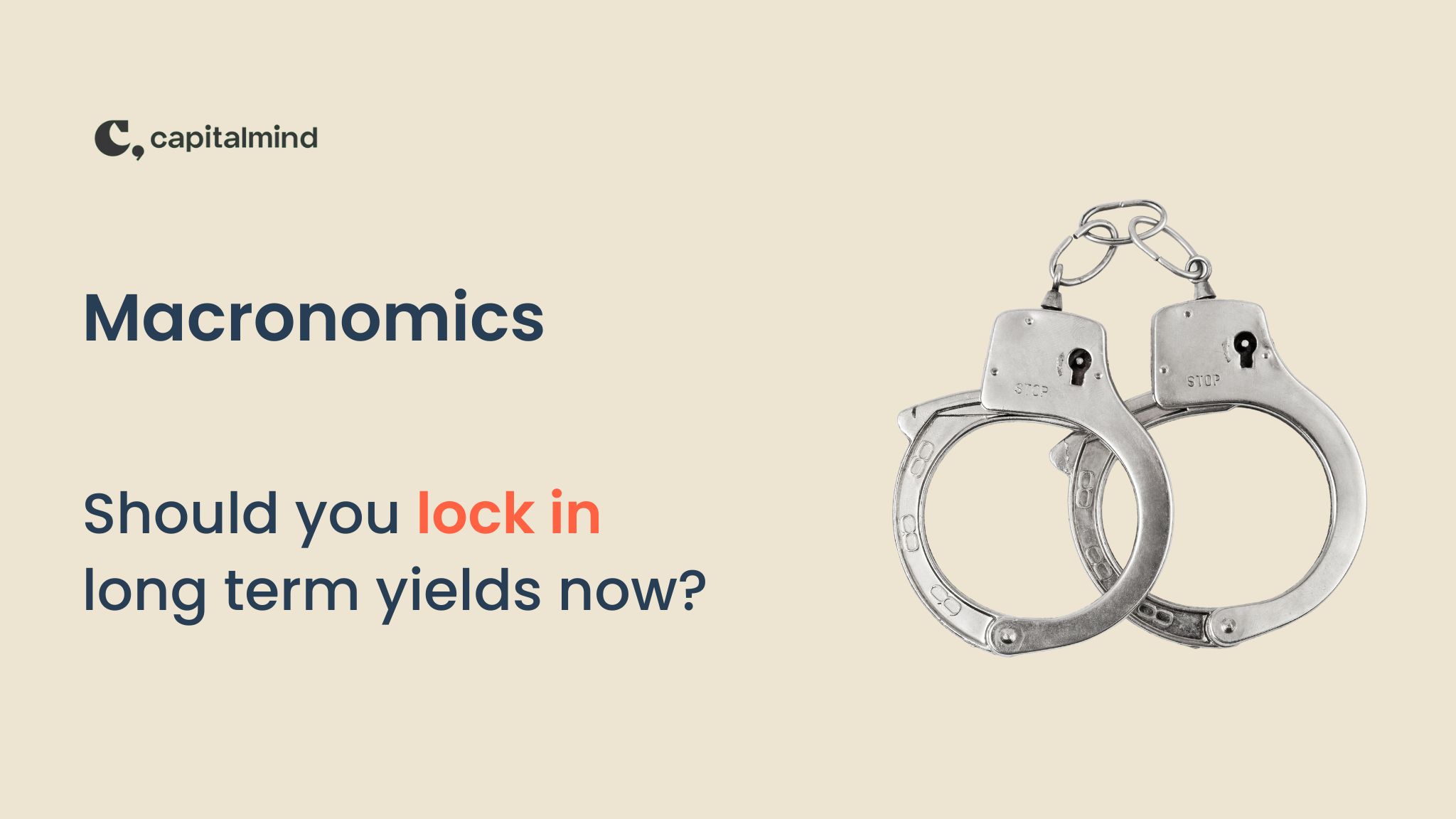We’ve discussed how Inflation Indexed Bonds might work in India, and like in the US, the difference in the yields between the two is likely to be the expectation of inflation. Let’s look at how the spread between the known WPI has been in the past: (this is the 10 year government bond)
Technote: for pre-2004, I have used a base-conversion factor as WPI was reported with a different base year. I know that base splicing should have been used, but I am too lazy to base-splice at this time.
In the last 16 years, we’ve seen that:
- Till 2002, the 10 year bond traded at a significant premium to the inflation number. At one point the difference between yields and inflation was nearly 10%! Till 2001, 10 year bonds paid you more than 10%, an indication of how relatively new our “low” interest rate regime is.
- There was then a period of “negative” yields – where inflation was higher than the 10 year bond yield for a while.
- Post 2005, as the RBI raised rates, 10 year bonds traded at rising yields between 6 and 8%, and inflation stayed lower than these yield.
- The crisis in 2008 led to a huge spike in inflation (due to rising crude prices) and then a massive fall (when crude collapsed along with much of the world economy).
- From 2010 to Oct 2011, inflation was much higher than the 10 year yield. Post that, the “spread seems to have increased, to about 2.51% now.
How does this help? Essentially in 2010 when you had negative “spread”, inflation was expected to be higher than a 10 year bond. An inflation indexed bond would have had a “negative” yield – that is, it’s price would have shot up very high at that time.
Today it looks like yield levels for a new bond should be around the 2.51% range, give or take a bit. We’ll find out what other points impacts IIBs later, but this gives us an idea of the historical moves required.
If the IIB were trading today, I think it might end up getting a coupon of 2.5% to 3%.
What would a 2003 IIB have looked like?
With the structure as proposed, and the way WPI has moved, you would have seen the following cash flows, if the current IIB structure was available 10 years ago, starting Jan 2003:
That means, in 10 years, the cash flow would be close to a 8.20% bond. Given that in 2003, bond yields at the 10 year level were less than 6%, this has worked out well for the hypothetical buyer. But will an IIB perform similarly going forward? Time will tell.
Subscribe to Capital Mind:
To subscribe to new posts by email, once a day, delivered to your Inbox:
[wysija_form id=”1″]
Also, do check out Capital Mind Premium , where we provide high
quality analysis on macro, fixed income and stocks. Also see our
portfolio which has given stellar returns in our year, trade by trade
as we progress. Take a 30-day trial:
[wysija_form id=”2″]





